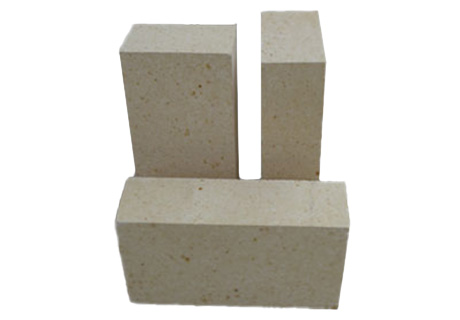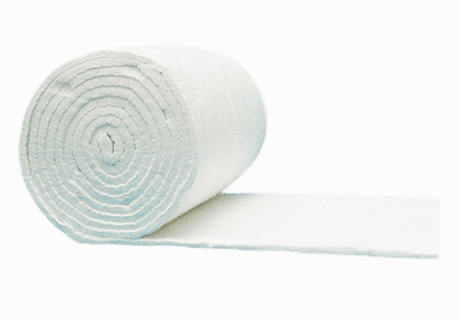Insulation Materials And Refractory Materials
Insulation materials refer to materials or material composites used for building envelope or thermal equipment to resist the transmission of warm current, including both thermal insulation materials and cold insulation materials. Insulation materials store most of the heat and only let a small part of the heat lose through the air. On the one hand, the insulation material meets the thermal environment of the building space or thermal equipment, and on the other hand, it also reduces energy loss. Therefore, some countries regard thermal insulation materials as the "fifth power" after coal, oil, natural gas and nuclear energy.

According to the principle of heat insulation, it is divided into:
1. Porous materials. Rely on the gas with small thermal conductivity to fill the pores for heat insulation. Generally, air is used as the thermal resistance medium, mainly fibrous assembly arrangement and porous structure material. Such as rock wool, porous concrete, foam glass, etc.

2. Reflective material. For example, aluminum foil can reduce radiative heat transfer by heat reflection, and several layers of aluminum foil or a composite structure with paper and a thin air layer can also increase the thermal resistance. Thermal insulation materials are often used in the form of loose materials, coils, panels and prefabricated blocks for thermal insulation and insulation of building roofs, exterior walls and ground.
Refractory materials refer to a class of inorganic non-metallic materials with a refractoriness of not less than 1580°C. Some of the refractory materials are not heat-insulating, such as refractory bricks, which can directly contact the heat source, but basically have no thermal insulation effect, such as ceramic fiber, high Silica, etc. are all refractory materials, and they can also insulate heat. The heat insulation effect is worse than that of thermal insulation materials.
